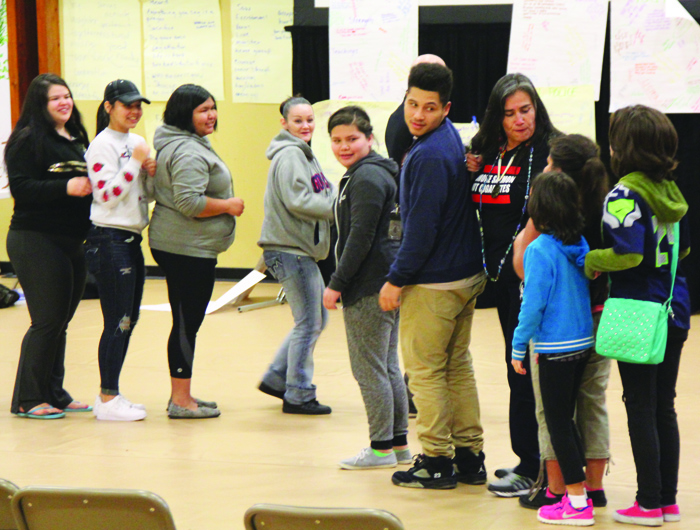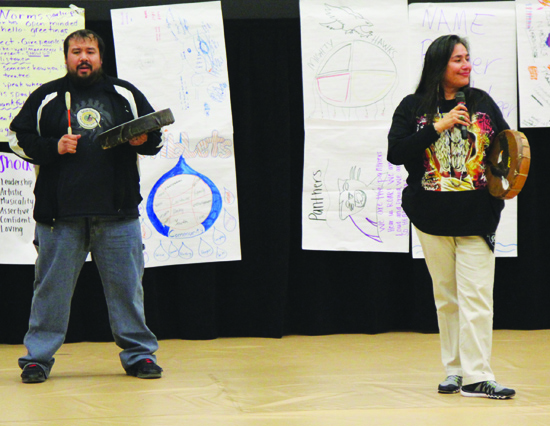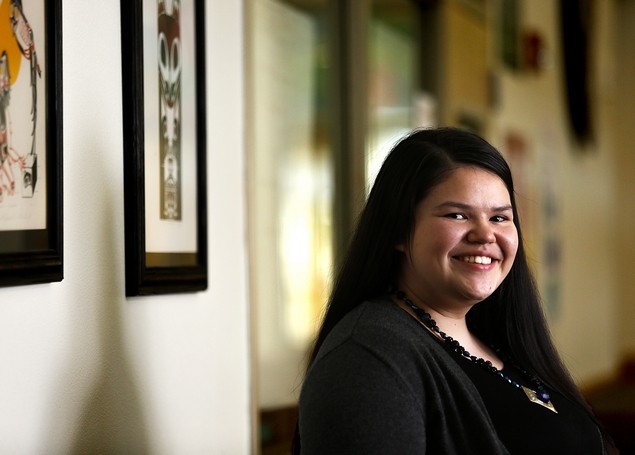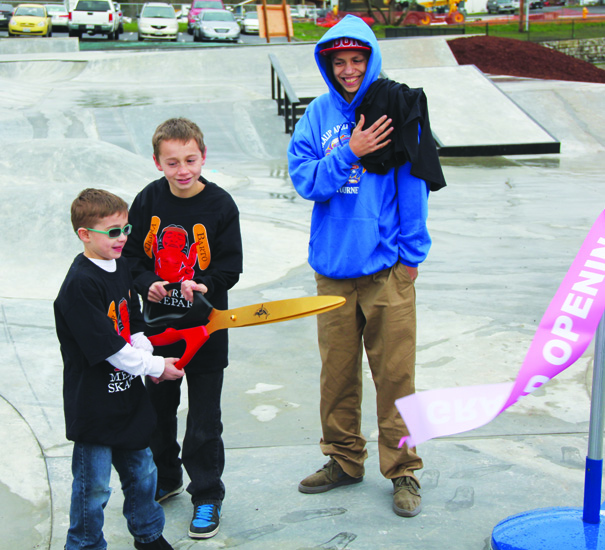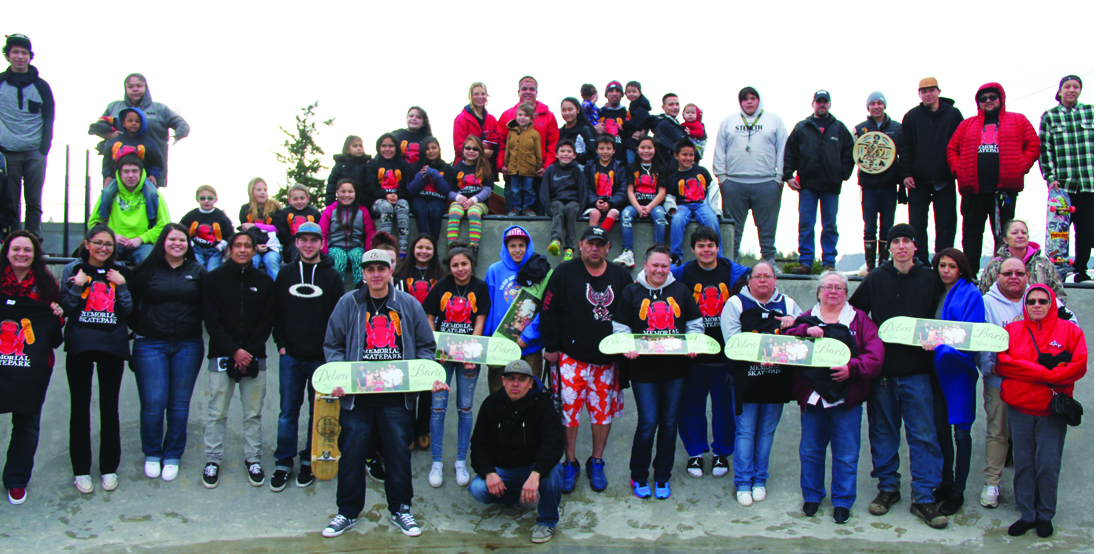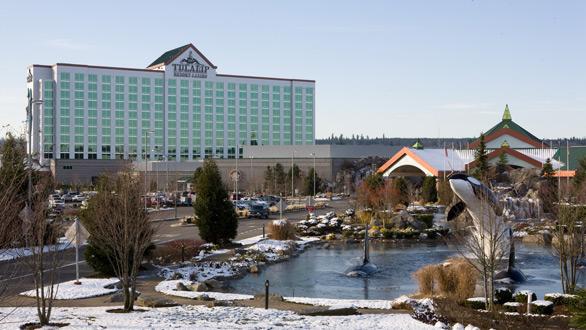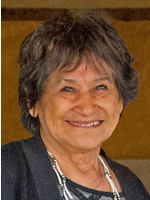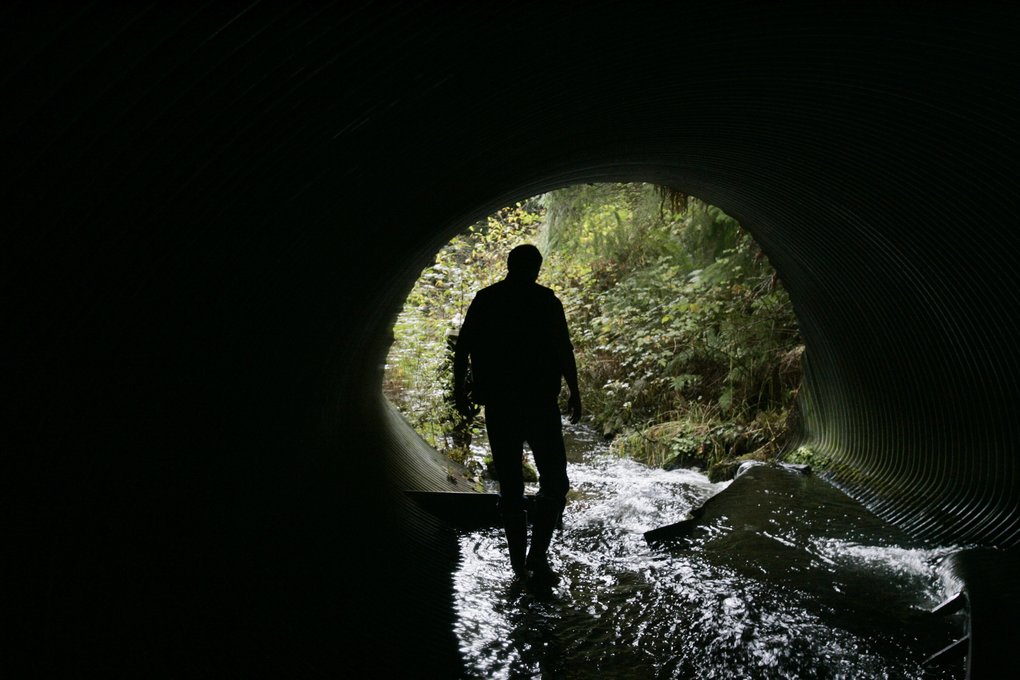Tulalip, Washington — The chef team at the Tulalip Resort Casino has hatched several egg-citing dining options for the whole family. Guests can choose between two grand buffet brunches with one in the Orca Ballroom and one at their signature Eagles Buffet, to dinner specials at the award-winning Blackfish Wild Salmon Grill, Tulalip Bay Restaurant and Cedars Cafe. The offerings are a dining sanctuary for the senses.
Annual Orca Ballroom Easter Sunday Brunch
The annual Easter festivities in the Orca Ballroom are an awe-inspiring culinary adventure for the entire family. Diners can enjoy an array of specialties, such as the made-to-order omelet station, a carving station with Roast Baron of Beef and Bone in Ham, Niçoise Potato Salad, pasta station featuring a build your own Fettuccine and more, and Teriyaki Salmon with shiitake mushrooms, to Pigs in the Blanket and a Belgian Waffle display with fresh berries, whipped cream and maple syrup.
For the sweet tooth in all of us—a plethora of dessert delights will be available, featuring Carrot Cake with maple cream cheese frosting, Decorated Egg Shaped Sugar Cookies, Tropical Fruit Breton Tart, Chocolate Dipped Coconut Macaroons, Lemon Panna Cotta, and Individual Blueberry Crisps.
Children can also enjoy their very own kid’s knee-high buffet, featuring Mini Pepperoni Pizzas, Chicken Strips, Macaroni and Cheese Bites, and Mini Burgers.
Adults and children can celebrate the holiday in grand style in the Resort’s Orca Ballroom, with seating from 11:30 am to 2:00 pm. Easter brunch is priced at $42 inclusive for adults and $22 for children ages 4 to 12. Reservations* are highly recommended and can be made by calling 360-716-6888.
*Note: All reservations will have pre-assigned tables; each reservation will require pre-payment at time of booking and is non-refundable; parties of 10 or more will be placed within close proximity of each other.
Eagles Buffet
Eagles Buffet is offering a mouth-watering selection for Easter Sunday Brunch, Dinner, and items that will be served all day during both meal services. The menu** will feature a selection of brunch items, such as Made to Order Waffles, Steak and Eggs with chopped onion rings and pepper jack cheese, Prime Rib Hash, French Toast Casserole with bananas and rum sauce, and BBQ Braised Pork Belly.
With a nod towards dinner, here are a few palate teasers: Rotisserie Leg of Lamb with rosemary and garlic, Artichoke and Spinach Stuffed Chicken wrapped in bacon, Smoked BBQ Beef Ribs, Stuffed Shells with Italian sausage marinara sauce, and Vegetable Lasagna.
Throughout the day guests can also enjoy chef specials, such as the Baked Wild Salmon with lemon dill pepper, Slow Roasted Prime Rib, Honey Baked Ham, Tender Pot Roast, a grand Salad Bar, and a huge dessert selection with Snoqualmie Gourmet Ice Cream.
Savor Eagles Buffet Easter Sunday Brunch and Dinner all day from 9 am to 9 pm. The holiday brunch and dinner are priced at $24.95 for adults and $13.95 for children ages 2 to 10 (prices do not include sales tax and gratuity). Tables are seated on a first come, first served basis. For more information, call 360-716-1462, or visit online at www.tulalipresort.com.
**Note: Menu items subject to change due to availability.
Blackfish Wild Salmon Grill
Blackfish Wild Salmon Grill is the Resort’s innovative Pacific Northwest seafood restaurant, influenced by traditional tribal culture and cuisine, served in a casual setting.
This year, Chef David Buchanan will be serving fresh Pacific Halibut with a pine nut pesto crust laced with Parmesan Cheese and served with gourmet rice blend, baby carrots, patty pain squash, French green beans, and pesto lemon beurre blanc for $39. The special will be available in addition to the regular dinner menu from 5 pm until closing on Sunday, March 27, 2016. To book a table online, visit OpenTable, or reserve by phone at 360-716-1100.
Tulalip Bay Restaurant
Tulalip Bay Restaurant is a winning combination of a classic steakhouse and a traditional Italian restaurant with a superior wine list — where old world taste is fused with local Northwest ingredients.
For Easter 2016, Tulalip Bay Chef Jeremy Taisey has crafted a Lavender and Rosemary Crusted Lamb accompanied with cauliflower puree, local fiddleheads, apricots, wild mushrooms, and lamb demi-glace. The special is priced at $40 and will be available in addition to the regular dinner menu from 5 pm until closing on Sunday, March 27, 2016. To book a table online, visit OpenTable, or reserve by phone at 360-716-1500.
Cedars Cafe
Cedars offers a relaxed atmosphere for breakfast, lunch or dinner.
This Easter Sunday, Chef Brent Clarkson is serving up lamb chops rubbed with olive oil, seasoned with garlic and a fresh herb marinade; served with a Riesling wine demi-glace, orange mint sauce, garlic mashed potatoes, charred asparagus, and crispy onion straws. The special will be available for $25 and comes with a choice of a house salad or soup du jour; and will be in addition to the regular menu on Sunday, March 27, 2016. Cedars Cafe is open 24 hours a day. For more information and to reserve a table by phone, call 360-716-1276.




